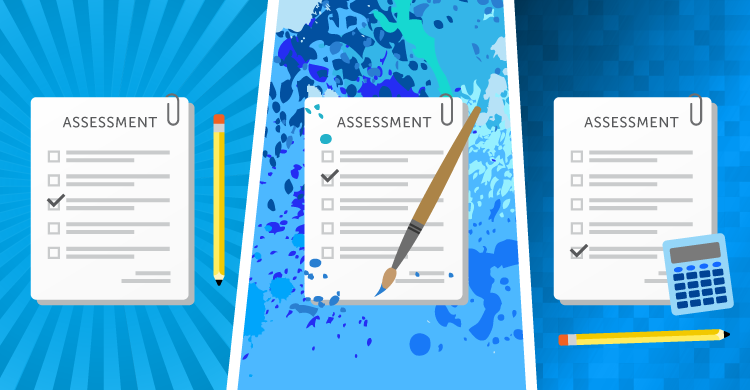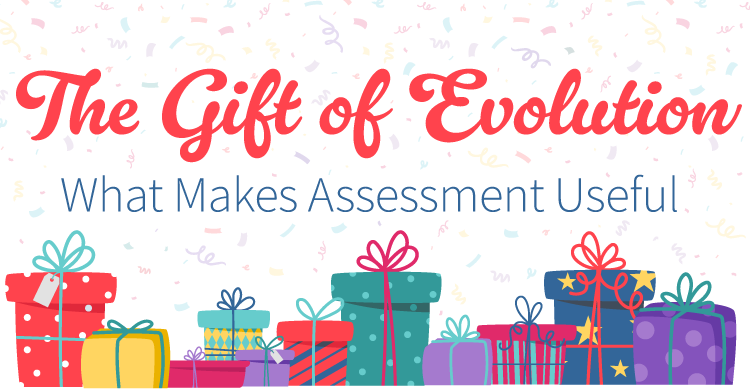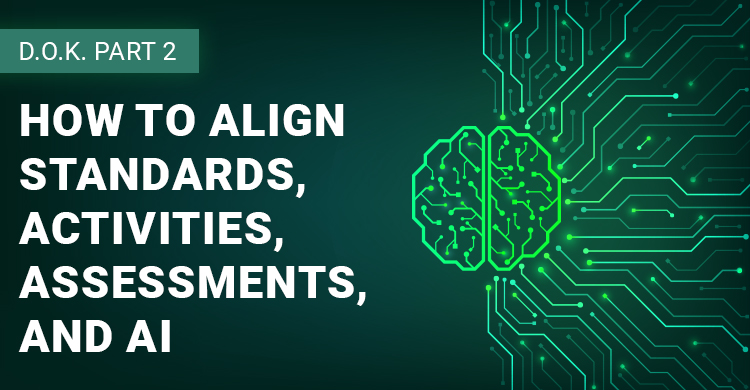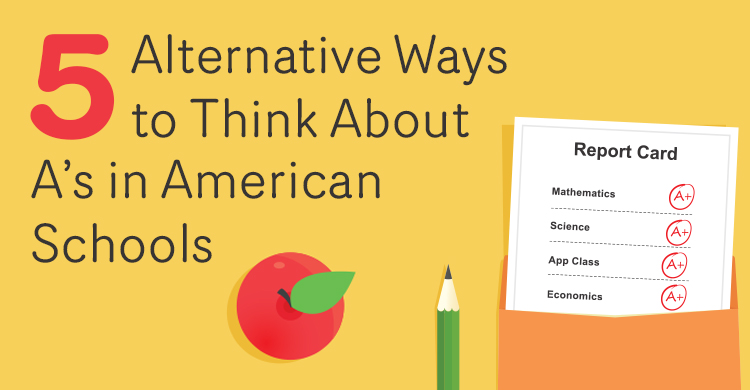Teaching is a human endeavor, and it requires the complex planning inherent in any successful human relationship. It is critical that teachers feel free to structure classroom experiences and environments that address the specific needs of the learners they serve. One process that benefits from this kind of freedom and flexibility is assessment. While assessment is often viewed as rigid, it can, in fact, be differentiated.
Building a Shared Understanding
In order to imagine how we might differentiate assessment, we first need to be clear about the meaning and potential of both assessment and differentiation.
Assessment is a process whereby learning is documented in its current state and related to a specific goal. This process can be done by teachers and learners and requires absolute clarity about both the desired goal and the current stage of learning. Well-crafted assessment tools and approaches tell teachers and students what to do next. Whether the assessment is formative or summative, both clarify next steps (e.g., continued practice, reflection and feedback, additional instruction, or moving on to the next goal).
Differentiation is also a process whereby classroom experiences (including assessment) are structured to meet varying learner needs in relation to clearly articulated goals. Quality differentiation can ensure that assessment becomes a future-focused process, because through differentiation, learning continues.
Both differentiation and assessment are purposeful, intentional, and in order to be truly effective, they need to be flexible.
That Being Said…
Indeed, flexibility is the trademark of differentiated assessment, but within this flexibility there are aspects of assessment that cannot be changed. Certainly, assessment approaches, tools, and methods can be adapted to meet specific needs of teachers and students. However, regardless of these adaptations, the need to maintain high expectations for students and the need to structure assessment around specific goals does not change. This is why it is so critical, as a first step to differentiating assessment, to clarify exactly what the learning goals mean and how proficiency will look and sound when it occurs.
The Two Sides of Assessment
Once learning goals have been clarified and rigor has been defined, the possibilities for differentiating assessment open up. First, we can begin to imagine how we might differentiate our assessment design, and then we can explore how to differentiate our assessment response. Both sides of the assessment coin hold potential for differentiated planning.
Differentiating Assessment Design
As stated previously, knowing how to differentiate assessment design stems directly from a strong understanding of the learning goals. If a learning goal requires students to create a specific product (e.g., a personal narrative essay, a math solution, a lab report), then differentiation can occur in the strategies students are able to apply to arrive at that specific product (e.g., using a concept web or a table to generate ideas; drawing a diagram or using a model to solve a problem; working from a predetermined lab procedure or creating a lab process).
On the other hand, if learners are required to engage in a specific skill or process as part of their learning goals (e.g., applying tactics and strategies, making text-to-text connections, estimating), then teachers can differentiate the contexts and materials a student may use while demonstrating the skill (e.g., playing volleyball or playing an inventive game, reading a grade-level text or watching a video, exploring a word problem or a number problem).
There are other aspects of assessment design that can also be differentiated in order to meet the needs of students. Teachers can flex the learning environment, including:
- The surface students work on
- The materials they use
- The texts they read
- The sounds they are exposed to while demonstrating learning
They may also flex the assessment timing by:
- Giving the assessment at different times, depending on when learners are ready
- Deciding whether certain students need extra time
- Deciding whether students need additional questions
Finally, they may flex the assessment context by adjusting:
- The names and places within questions to connect with students’ experiences
- The focus of a prompt to reflect students’ interests
- The details provided to connect with students’ background experiences
As long as the goals and rigor remain, the design can shift in any number of ways. This flexibility can be powerful for both teachers and students.
Differentiating Assessment Response
Differentiating assessment responses is also dependent on clarity about the learning goals as well as clarity about student strengths and needs. Without this knowledge, any attempt to differentiate our responses following an assessment can fall flat.
Being clear about student strengths, based on assessment information, allows teachers to leverage these strengths through differentiation. Students can be placed in flexible groups to maximize varying strengths during collaboration, or students could be grouped by similar strengths so they can enrich and extend these strengths in an intentional way. Both grouping options are dependent on accurate assessment and differentiated approaches, and both allow flexible ways for students to get their needs met while building independence.
Strong assessment also clarifies very specific student needs. Once these needs have been identified, teachers can differentiate the following:
- The resources students work with
- The groups they work in to build skill and understanding
- The questions they receive to practice
- The feedback they receive to revise and grow
- The instruction they receive to deepen their understanding
- The goals they set during structured self-assessment
- The mentors they work with to guide their work
- The time they will spend reviewing, revising, and revisiting learning
Differentiating our assessment responses ensures students get exactly what they need, right when they need it.
Differentiated Assessment and Student Investment
When we differentiate our assessment design and our assessment responses, we access the creativity and the exploration that are so critical to a healthy teacher-student relationship. Even more powerfully, teachers can work alongside students to develop their skill of selecting the processes and products that will lead them in the direction of their goals. By sharing differentiation decisions with learners, teachers equip them with the kind of investment that powers the very best kind of independent learning. This is the promise of differentiated assessment.[author_bio id=”203″]






